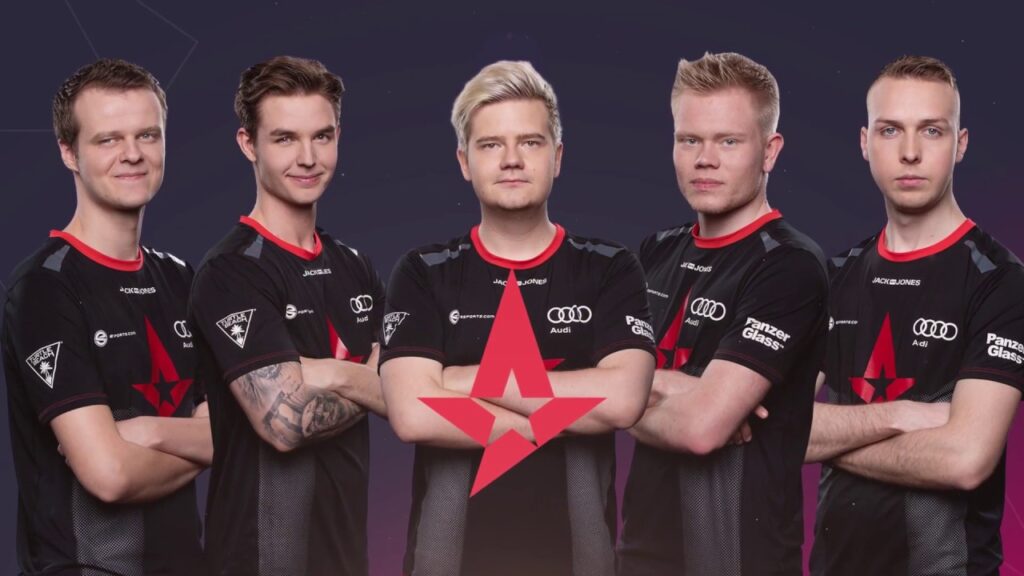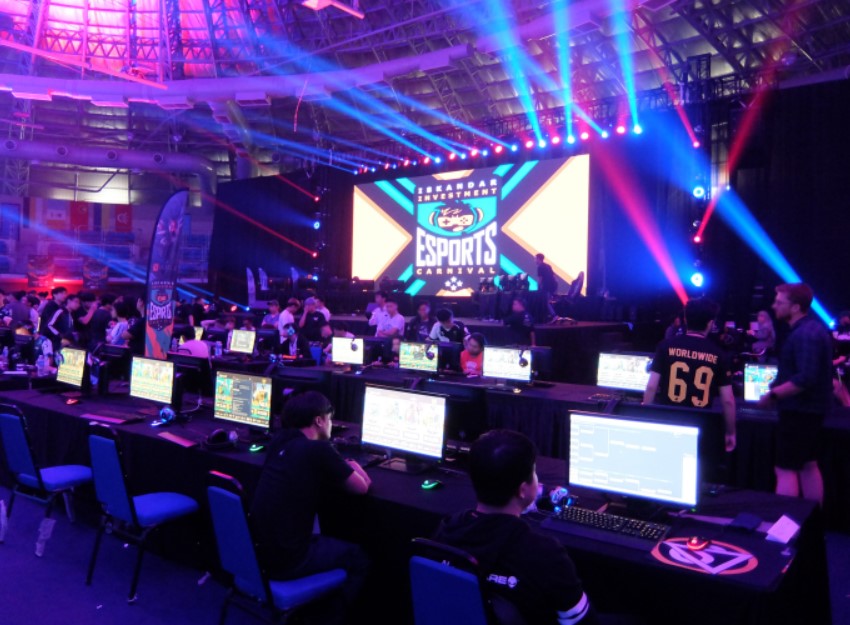How to become a real cyber athlete in CS:GO, LOL, Overwatch, FIFA or any other game – a universal set of tips and secrets for talented players! Ten years ago, no one would have thought that competitive computer games could match the popularity of many sports disciplines. But companies such as Valve and Blizzard, gathered around their projects tens of millions of fans, have done their job.
Nowadays the term “eSports” is spread all over the Internet, professional players earn great prizes and large companies never miss an opportunity to advertise their products and services during tournaments.
But is it really all so rosy, or are there still pitfalls? Can an ordinary player become a cyber athlete? What does it take to become a cyber athlete? All these questions are answered in this detailed guide.
By the way, we advise you in advance to the best cyber sports news site GameBoss – https://game-boss.com.
Who is a cyber athlete?

Ordinary people who do not spend a lot of time playing games or on the Internet usually have a fundamentally wrong impression of cyber players. They immediately conjure up an image of a rather asocial person who stays on the computer or a game console all day long, depends on his parents, and has no stable source of income.
And in this, in part, there is some truth. As in any other sport, in virtual competitive disciplines, it is important to practice regularly, repeating the same steps until they are fully automatic. A keen person can spend days on end perfecting their skills, sacrificing all their free time, which could be spent on communicating with friends, learning a profession or a variety of hobbies. And physical health is clearly not conducive to static sitting on a chair in front of a monitor.
On the other hand, there is another definition of a cyber athlete – as a person who has achieved outstanding results in the selected competitive game, stands out among hundreds of thousands of other players and can monetize these skills. In addition to prize money, members of professional teams usually receive a decent salary from their sponsoring organization and also earn money in many other ways, such as streaming, advertising, etc.
Is it worth trying to become a cyber athlete?

In order to make such an important decision, it is necessary to know in detail all the pros and cons of cyber sports as such. After all, you will essentially have to devote an impressive portion of your life to this hobby – and it is far from certain that you will be able to achieve notable success in it. It’s worth starting with a sobering dose of disadvantages:
-
Cybersports require long and hard workouts
Gymnasts, athletes, and other athletes train regularly, often for several sessions a day. Players also have to practice teamwork, reflexes, new tactics, and so on for long periods of time. Contrary to many misconceptions, the office clerk or factory worker often has much more free time than the professional gamer playing on stage.
-
Investment

For most non-professional gamers and those who play for fun, an average hardware PC is enough. But when a person faces opponents of different, especially high level, also well-tested skills, other factors begin to affect the performance – the quality of the mouse and keyboard for example, the performance of the processor and video card, the clock speed of the monitor and the clarity of the monitor.
But don’t be disappointed prematurely. At cybersport has a considerable number of advantages, for many people with more than the listed disadvantages.
The most obvious one is that you get the opportunity to earn money while you spend time playing your favorite game. All cyber-sport players, as a rule, are fond of virtual worlds from an early age, so for them competitive games have become a chance to combine a hobby and a source of income.
Take, for example, the CS:GO Astralis team, who managed to earn $100,000 each at the 2018 FaceIT Major. And that’s without counting the many smaller tournaments they won, salaries from the organization, and other income. Or another example, last year’s International, where Team OG got $11 million for first place. Over two million per person in just one two-week tournament.

The opportunity to see the world. There are many pleasurable moments in the life of a cyber athlete, and travel is just one of them. Big and small tournaments are held in different parts of the world – USA, UK, Asian countries, even Australia and New Zealand. Participants are usually paid for comfortable accommodation, reimbursed the cost of tickets, food and more. In between training sessions, there’s always the opportunity to see the local sights and have a cultural break.
Organizers are able to quickly solve problems with obtaining visas, with which ordinary tourists sometimes have serious problems for several weeks or even months.
A large number of ways to make money. One popular misconception that causes many people to give up trying to get into cyber sports has to do with the transience of a career. People fear that they simply won’t be in demand after the age of 30. Again, this statement is only partially true. There really aren’t that many people on the professional scene at age 30+, and after 35 there are only a few left.

But there are a few things to consider. First, a few wins at major tournaments can provide money for several years to come. Secondly, once you leave cyber sport, your career is not over. Former professional players successfully retrain as streamers, analysts and predictors at bookmakers. While reflexes are lost with age, knowledge and experience remain.
Tempting, isn’t it? If you are convinced of your abilities to the game you like and easily beat amateur opponents in ranked games on the Internet, it’s time to try yourself at the professional level. Here’s a little instruction with tips to help in the beginning stages.
